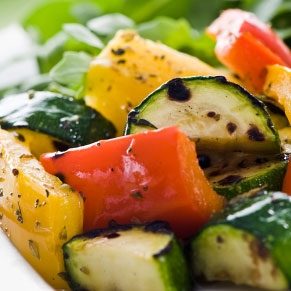
Cooking Light Way to Cook Vegetarian-the brand’s first-ever meat-free cookbook-breaks down the seven healthy eating principles for a well-rounded vegetarian diet.
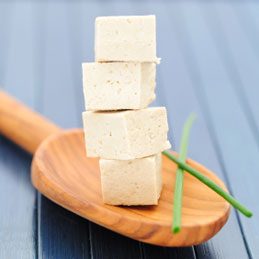
1. Think About Protein
You can easily meet your daily protein needs by eating an array of plant-based foods. Fill out your meals with beans, lentils, nuts, rice, and soy products like tofu and tempeh. Don’t rely on a hefty portion of cheese to fill the protein gap since cheeses often add saturated fat.
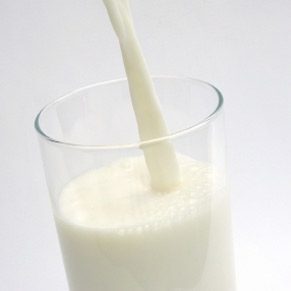
2. Consider Calcium
Vegetarians can meet their calcium requirements by including calcium-rich dairy products (milk, cheese, and yogurt) in meals and snacks. If you’re lactose intolerant, a vegan, or simply want to incorporate other nondairy sources of calcium into your diet, you have options: fortified breakfast cereals, soy products and some green leafy vegetables.

3. Eat Plenty of Fruit
When it comes to fruits and vegetables, more matters (and color counts). Whole fruits and vegetables are some of the best foods you can eat. And color is certainly key-the vitamins and phytochemicals that give plants their brilliant colors work as antioxidants, immune boosters, and anti-inflammatories in humans.
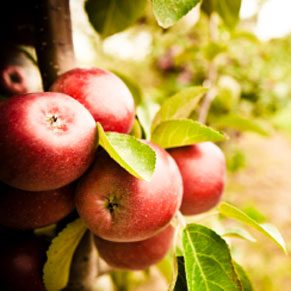
4. Eat Seasonally
Since fruits and vegetables are an important part of a vegetarian diet, flavor and freshness are vital, and the best way to achieve both is to buy fruits and vegetables in season. This practice offers a variety of benefits. At the peak of freshness, fruits and vegetables taste extraordinary without any work, and they’re a boon to your health as well as your wallet.

5. Go For Whole Grains
All grains start out as whole grains, which means that they still contain the germ, endosperm, and bran. Processing, however, can remove the fiber, antioxidants, vitamins, minerals or healthful compounds, making refined grains less healthful.

6. Get Your Vitamins
Also remember iron, zinc, and B12. Vegetarian sources of iron include iron-fortified cereals as well as spinach, kidney beans, black-eyed peas, lentils, turnip greens, whole wheat breads, peas, dried apricots, prunes, and raisins. Zinc sources include a variety of beans, cereals fortified with zinc, wheat germ, milk and milk products, and pumpkinseeds. Vegetarians can get B12 from milk products, eggs, and B12-fortified products including some breakfast cereals, soy-based beverages, and vegetable burgers.
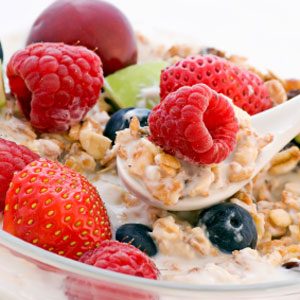
7. Don’t Forget Fibre
Not only are high-fibre foods tasty, but they also help control hunger, lower cholesterol, and maintain digestive health. Swap your standard breads and pastas for 100-percent whole-wheat varieties (with at least 2 grams of fiber). Trade out your breakfast cereals for bran or oatmeal, and whole-wheat couscous for white rice. Eat the skin, whether it’s an apple, pear, or potato, as most of the fiber is in the skin. And cook vegetables briefly. The longer vegetables cook, the more fibre they lose.